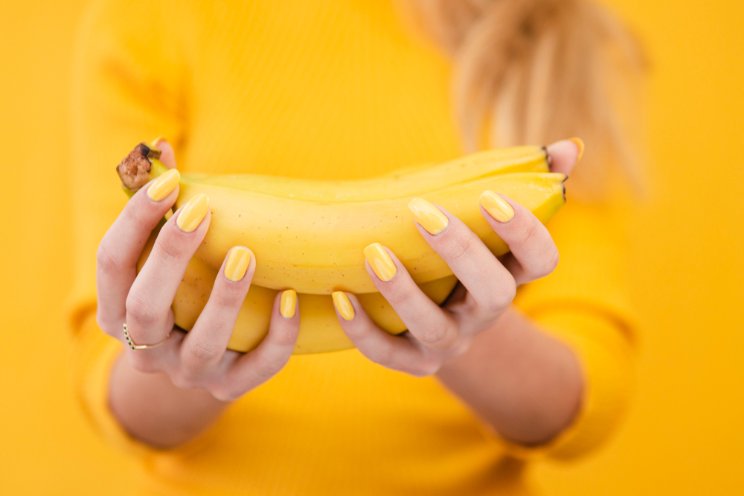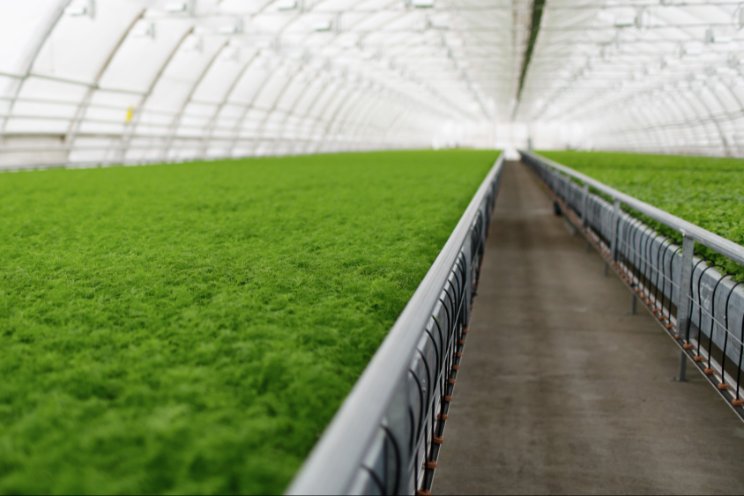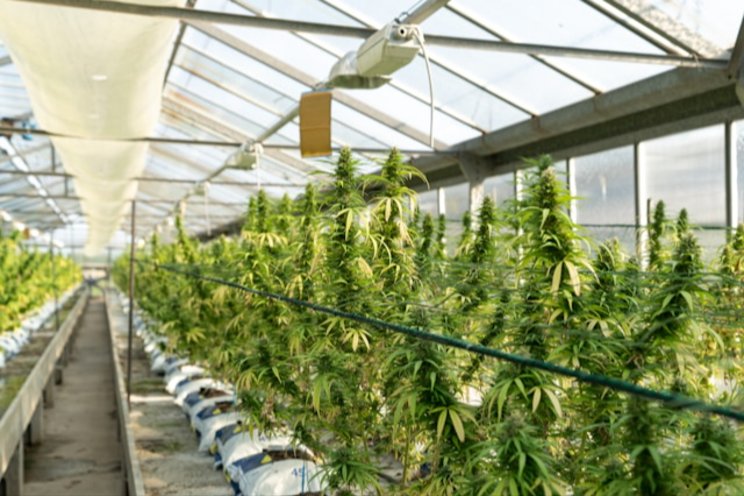Keeping your greenhouse pathogen-free
Added on 11 August 2020

"It all comes down to just being clean and remembering the basics," Gauthier says. "It's easy to get caught up in all the bells and whistles of new technology or systems, but if you're not taking the simple steps to keep your greenhouse clean, then none of that matters."

Failure to clean your greenhouse floor is just inviting a pathogen problem, according to Nicole Gauthier, an Extension Specialist in Plant Pathology at the University of Kentucky. Photo: Nicole Gauthier
Gauthier offers several tips below for growers to make sure they are doing things the right way.
Know Your Pathogens: Even in a controlled environment, there is a risk of dangerous pathogens infecting your crop. It's important to understand the life cycle of each, and how they can survive on different surfaces. "You can find them on your floor or on your benches," Gauthier says. "In particular, watch your wood benches, as those can be difficult to clean."
Bring in Orphan Plants. Fallowing or planting orphan plants in between fresh vegetable cycles can be a simple way to reduce the potential for a buildup of pathogens.
Control Traffic. Know the traffic pattern of people and plants moving around in your greenhouse, Gauthier notes. "Always keep it as clean as possible, and clear out any debris," she says.
Have a Quarantine Area. This is especially important for new plants coming into the greenhouse, and it's something Gauthier says is not considered nearly enough. "Block out where your new plants should be going," Gauthier says. "If you find a problem, it's easier to remove plants if they're not interspersed throughout the greenhouse. And don't be afraid to cut your losses. Even if you suspect a problem in a valuable crop, move it out."
Invest in Proper Testing. Make sure you know where your local testing lab is and send plants to a diagnostic lab if you think there's a problem. "Be diligent and do it early, before it's too late," Gauthier says.
Have a Regular Greenhouse Maintenance Schedule. According to Gauthier, this should include washing and sanitizing pots before reusing them, flushing out irrigation lines, and cleaning hoses.
Have a Plan, and Be Willing to Upgrade
Eric Smith, East Coast Sales Manager for the Turf and Ornamentals Market at BioSafe Systems, has recommendations of his own on proper sanitation.
"Developing a sanitation plan, even the most simple one, is a step in the right direction," Smith says. "The upsides of a facility sanitation plan far outweigh any additional costs of application. Insurance liability alone can offset the cost, not to mention aesthetics, plant health, shrink, and happier customers."
The easiest way to improve your sanitation, Smith says, is to upgrade your equipment.
"Spraying is nice, but foaming is far superior and nearly a necessity when it comes time to get serious about food safety/consumables," Smith says. "The extended contact time of the foam with vertical or irregular surfaces, coupled with a no-rinse high-level disinfectant, is the apex of sanitation in our industry."
The specifics of greenhouse sanitation may differ based on crop, but there are lessons all growers can learn from each other.
"We're definitely seeing more of a systems approach to sanitation, and a fair amount of this is driven by the standard operating procedures developed for cannabis and greenhouse vegetables from a food safety standpoint," Smith says. "That's translating into ornamentals as well, with sanitation being now more than just a buzzword. Growers who are developing sanitation strategies for both pre-production and during production are seeing the benefits to plant health, from less shrink to improved margins."
A Grower Perspective
Jackie Hawkins, Senior Manager of Food Safety at BrightFarms, a greenhouse leafy greens grower with production facilities throughout the Eastern U.S, says ozone and ultraviolet light are the most prominent tools used at BrightFarms for sanitation.
"These are great for both plant and human pathogens," Hawkins says. "UV is also cost effective compared to other filtration devices."
When it comes to making improvements, Hawkins says better board sanitation is a top priority.
"We want to be sustainable and reuse our grow boards (rafts), but we also need to ensure they are free from plant and human pathogens. Having a thorough cleaning process is key, but so is determining the life cycle of these boards," she says.
Source: Greenhouse Grower
Photo: Cheryl Kaiser, UK
Source: Greenhouse Grower
More news















